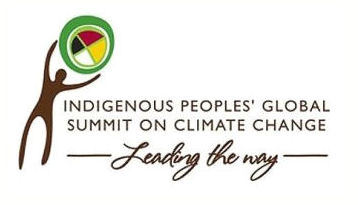Being someone who doesn’t read or watch the news all that often, I am unfamiliar with many environmental leaders. I have noticed, though, the abundance of Amazon commercials campaigning their efforts towards sustainability. Apparently, they are involved in the production of many renewable energy sources and upgrades, including their goal to become Shipment Zero, with half of all their deliveries releasing zero CO2 by 2030. To be frank, this seems too good to be true. I’ve been thinking about the credibility of these claims from Amazon for quite some time now, as Amazon is a major resource to me. It’s a large corporation, which is one of the key themes running through the Bigelow and Swinehart reading: that large corporations in a Western world are some of the greatest offenders in regards to environmental degradation.
Is Amazon actually part of the answer to retain the Earth’s natural resources? Through my research, I discovered Kara Hurst, the leader of Amazon’s role in the fulfillment of social responsibility of sustainability. Basically, she’s boss lady. Through my unfinished research, she seems largely responsible for most of Amazon’s success in what they’re striving for, but there are grey areas, as Amazon is not being completely transparent with what exactly they’re doing. They’re seen as “quiet”, compared to Apple, who is very vocal about the environment and their sustainability practices. So, if there’s anybody I’d like to learn more about, besides Elon Musk (who can do much more with his money to help), it’s Kara Hurst — she’s not throwing herself all over internet platforms and becoming a celebrity, so that’s a good sign. Hopefully, she and the sustainability “dream team” at Amazon are all as sensitive as the guy in the commercial who is trying to make a better future for his two daughters. I like Amazon — I want them to succeed, because I believe they really do have the power to make change. They can serve as a role model to other large corporations, tying this back to the Bigelow and Swinehart reading. If Amazon can use electric vehicles to deliver packages, so can many other companies in the industry. The key stressed by the book is that influence is what causes change, whether it’s through education, culture, or example. Perhaps Kara Hurst is the future, moving away from the incorrect-environmental-textbook past.
